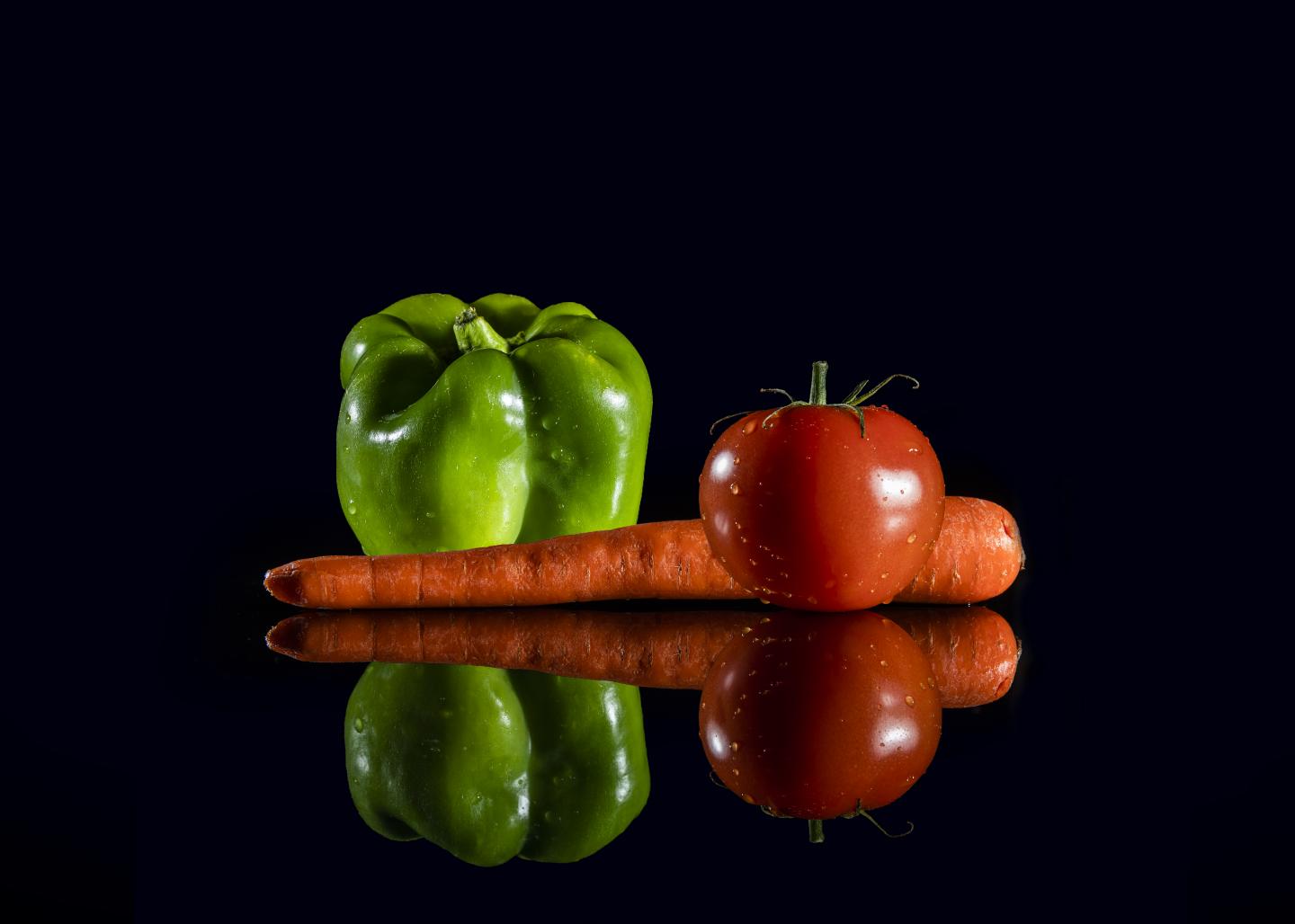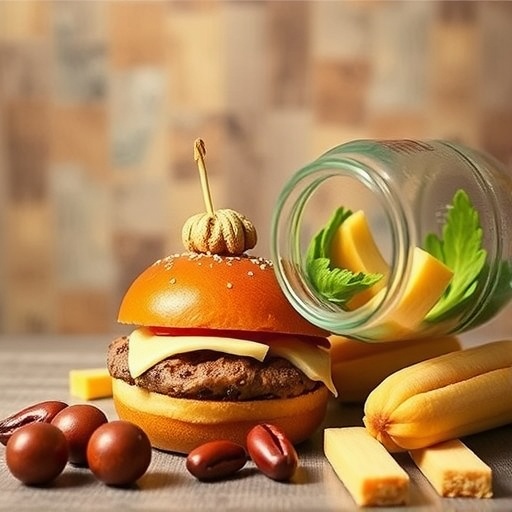Backgrounds colors matter when getting veggies to pop at the grocery store

Credit: BYU Photo
Researchers from BYU and the Netherlands’ Delft University of Technology may have figured out the secret to get people to buy more fresh produce: dress veggies up in black.
A new study by industrial design professor Bryan Howell and Dutch colleague Hendrick Schifferstein looks at how the backgrounds of grocery store displays impact the attractiveness of vegetables. After testing an array of colors and neutral shades, they found the best bet is to go back in black.
“If the goal is to boost sales of fresh produce in retail stores, it makes sense that vendors present them in an attractive and appetizing manner,” Howell said. “In the design world, black has always been the cool color, but I didn’t know it would carry over into the vegetable world.”
For the study, 46 participants assessed five vegetables on various shades of backgrounds between black and white. The study participants gave attractiveness and perceived expensiveness ratings for each veggie — mushroom, bell pepper, carrot, tomato, eggplant — against each background.
The researchers had already tested the vegetables against a larger spectrum of colored backgrounds, but found that cool, warm, orange and blue hued backgrounds were not optimal for presentation. The goal of the research was to see if there was one color that brought out the shine in most vegetables. The big winner was black.
Yellow peppers were rated as the most attractive and expensive across all the white, grey and black backgrounds, while carrots generally rated the least attractive and expensive. However, carrots got the biggest boost in ratings when paired with a black background, even jumping eggplants and mushrooms in attractiveness.
The finding lines up with previous studies that find black to be associated with high quality and expensiveness in multiple contexts. “I did a lot of color studies when I worked at Dell Computers and black was always the answer for computing products,” Howell added.
Researchers said consumers generally finding vegetables more attractive on very dark backgrounds may be of direct relevance to current food retailers. Designers should utilize these insights to improve vegetable packaging or presentation to effectively achieve the marketing goals of food industry managers.
“I think stores can do a much better job at presenting their vegetables than they do,” Howell said. “This is a bit of fun research that can help.”
###
The study appears online in the Journal of Food Quality and Preference.
Media Contact
Todd Hollingshead
[email protected]
Original Source
https:/
Related Journal Article
http://dx.




